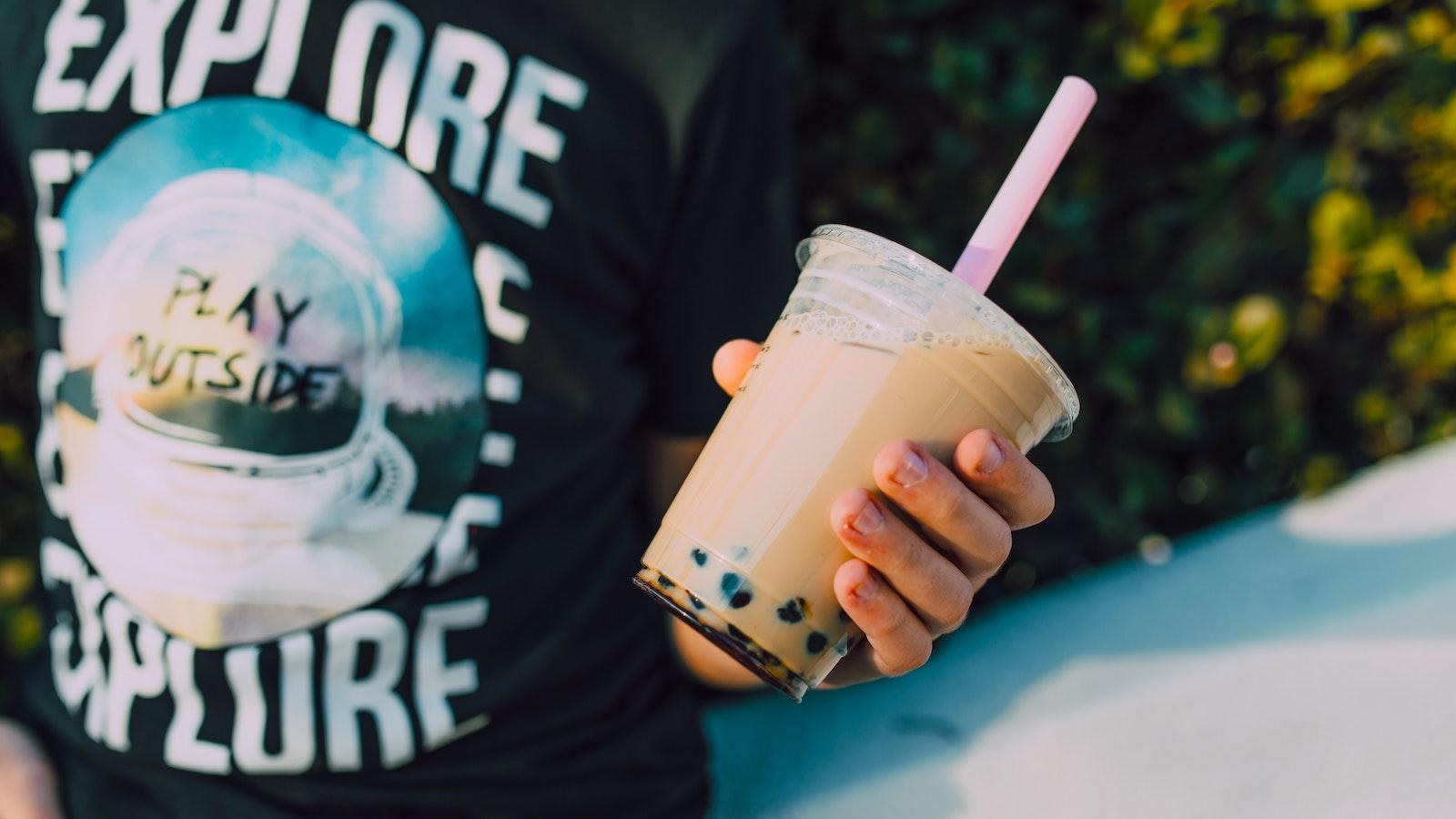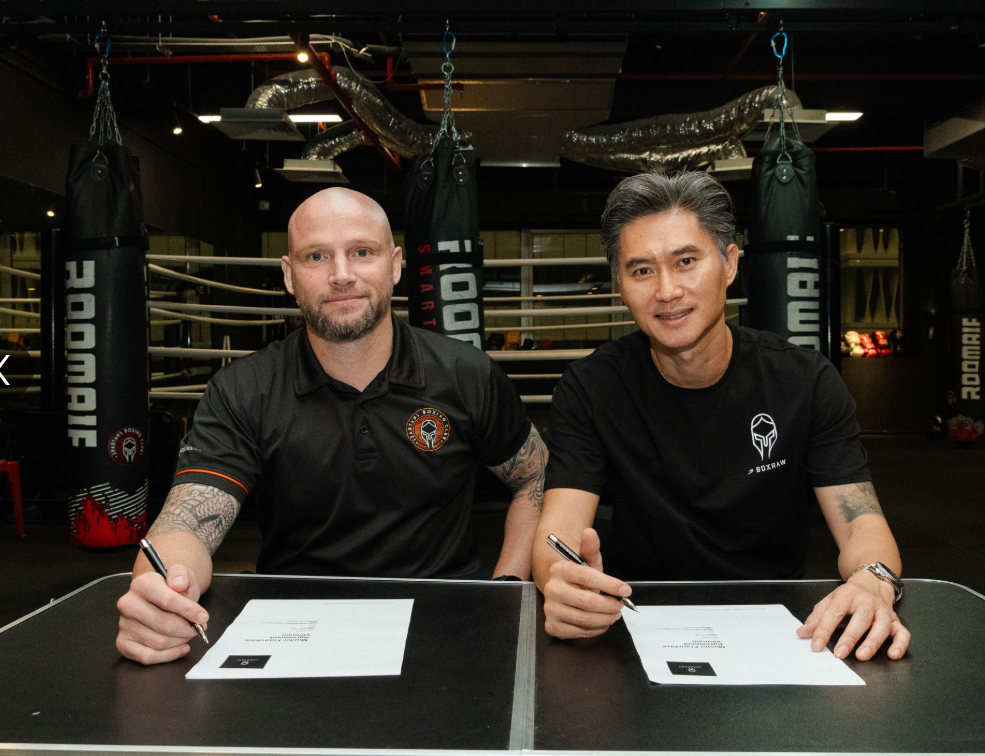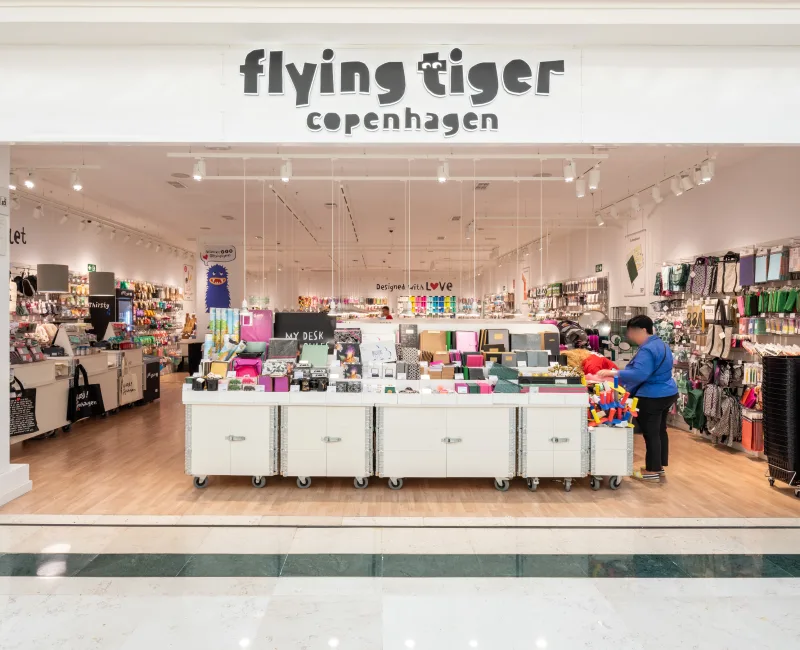NEWS |
Bubble Tea Lovers In Southeast Asia Spend US$3.66 Billion A Year
Written by Amit Sharma, Community Development Manager
Southeast Asia consumers currently spends US$3.66 billion a year on bubble tea and similar ‘new tea’ drinks, according to a new study 'Bubble Tea in Southeast Asia' conducted by Momentum Works and qlub. According to the report, Indonesia is the largest market in the region, with an estimated US$1.6 billion annual turnover. Thailand, unsurprisingly, has the second largest market with an annual turnover of US$749 million through its more than 31,000 bubble tea stores and other retail channels. Singapore, the smallest nation in the region, came in fourth with an annual turnover of US$342 million, just behind Vietnam at US$362 million.

The report revealed how Singapore stands out again amongst the region’s six key markets. Despite the country's small size, Singapore consumers were found to have the highest purchasing power. The average price in Singapore is double that of other countries in the region, making it a great entry point for premium brands. There are more than 60 active brands of bubble tea chains covering different tastes and price ranges.
Taiwanese and homegrown brands have long dominated Southeast Asia’s large bubble tea market. In addition, recently, many Chinese brands have entered the region. The bubble tea market in China, estimated to have an annual turnover of US$20 billion, has already seen some of its popular Chinese brands like Mixue, Chagee and Heytea segue into Southeast Asia, joining major players like Gong Cha and Koi.
“Many young people in Southeast Asia want to open a bubble tea shop someday. Though there are high margins, bubble tea is a low-differentiation game with easily replicable products and a challenging supply chain.” said Sik Hoe Yong, Chief Operating Officer of qlub.
The report revealed the underlying fundamentals of a successful Bubble Tea chain. It included building a flagship product to get initial traction, achieving single store profitability and scaling the model while maintaining positive unit economics. The report further counted store selection as a critical factor in the success of a bubble tea business, apart from population size and population density of each area along with resident’s spending power.
You Might Also Like

NEWS | 16 December 2024
Spartans Boxing Club: From Singapore to Global Expansion
As the world of fitness continues to evolve, one name stands out for its innovative approach and rapid expansion: Spartans Boxing Club. From humble beginnings, this boutique boxing club has grown into

NEWS | 5 April 2023
Flying Tiger Copenhagen To Use Franchise Model to Open 1000 New Stores in Southeast Asia
Flying Tiger Copenhagen, the popular Danish design and homeware store, is set to expand in Southeast Asia through a franchise model, opening up 1000 new stores

NEWS | 4 April 2023
73% OF CONSUMERS IN ASIA PACIFIC & JAPAN (APJ) MAY STOP USING BRANDS THAT DON'T PERSONALISE THEIR EXPERIENCES
Consumer patience in APJ is low — 73% will stop using brands if their experience is not personalised .
Latest on TFA
EXPLORE | 22 April 2025
Peluang Manis dari Singapura: Bawa Kelezatan Oblong Ice Cream ke Indonesia!
Peluang Manis dari Singapura: Bawa Kelezatan Oblong Ice Cream ke Indonesia! Bayangkan wafel hangat yang renyah di luar, dipadukan dengan es krim premium yang meleleh di mulut, disajikan dalam bentuk o

EXPLORE | 9 March 2025
Paradigm Biz Hub: Transforming B2B Connections with Innovation and Opportunity
Paradigm Biz Hub: Transforming B2B Connections with Innovation and Opportunity In today's fast-paced business environment, innovation, efficiency, and strategic partnerships are the keys to success.

NEWS | 16 December 2024
Spartans Boxing Club: From Singapore to Global Expansion
As the world of fitness continues to evolve, one name stands out for its innovative approach and rapid expansion: Spartans Boxing Club. From humble beginnings, this boutique boxing club has grown into